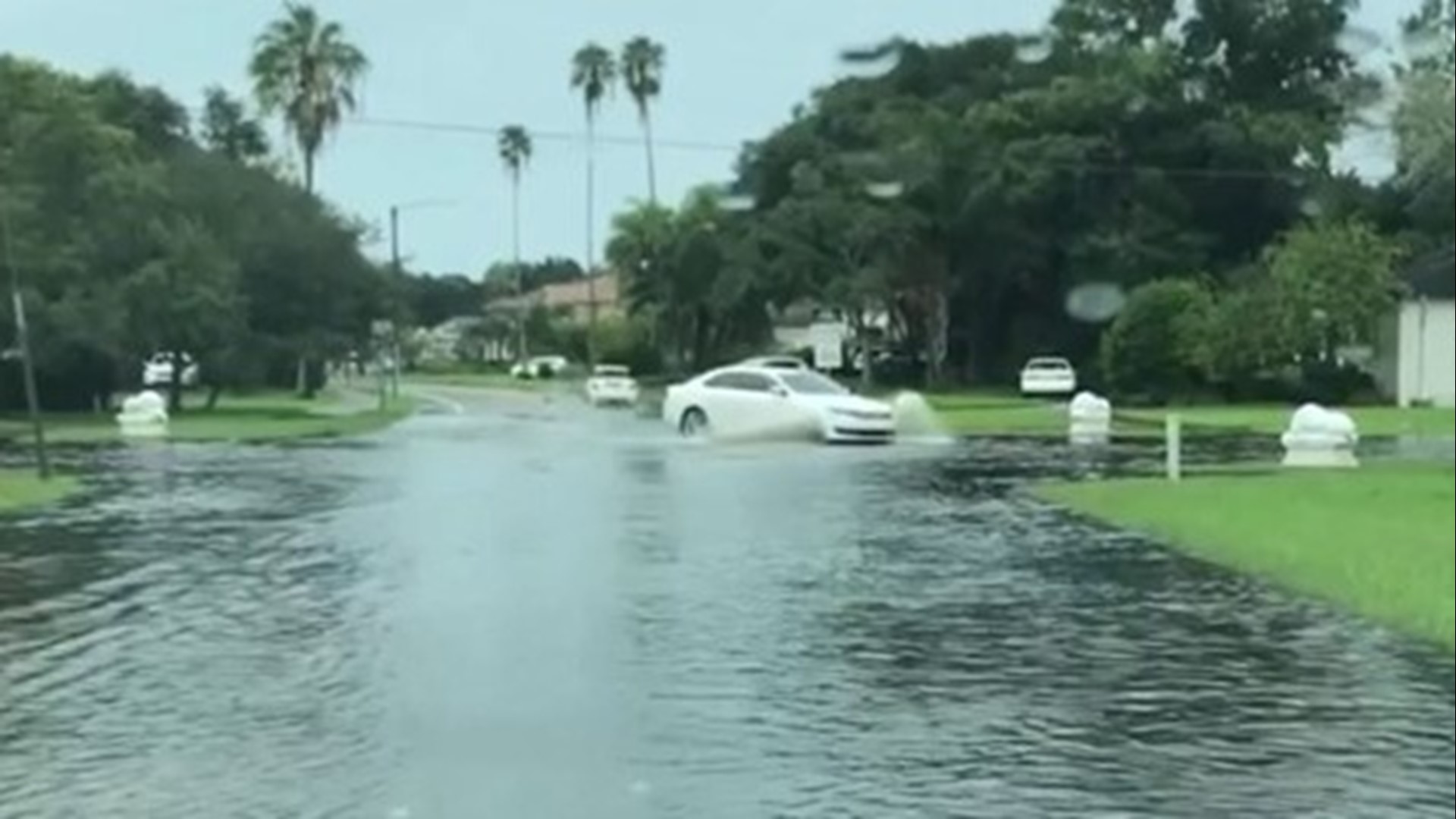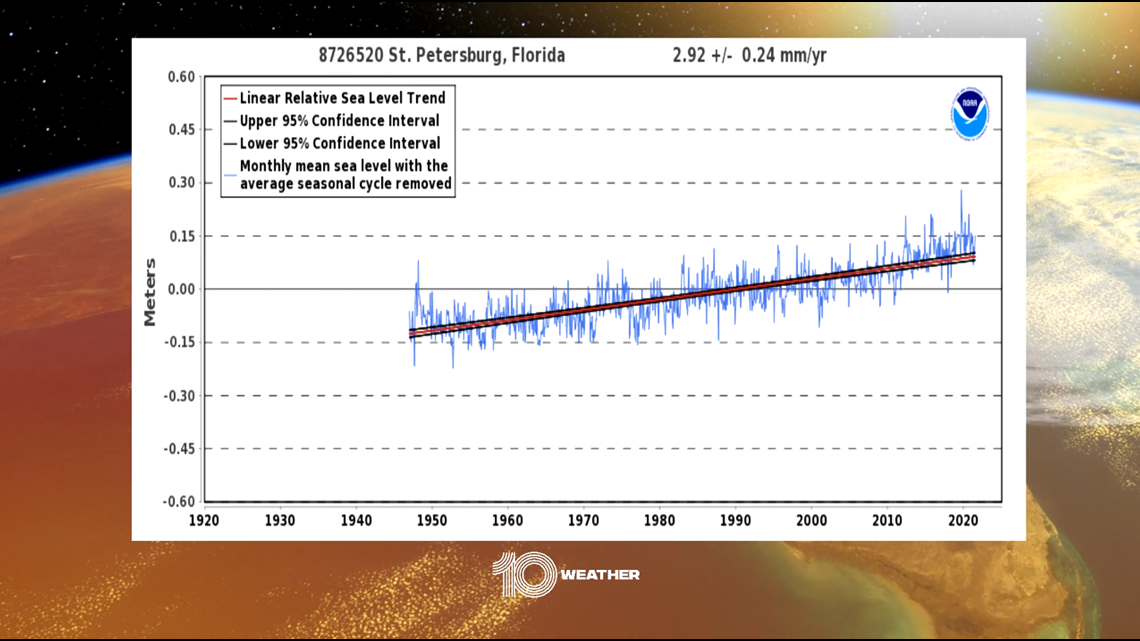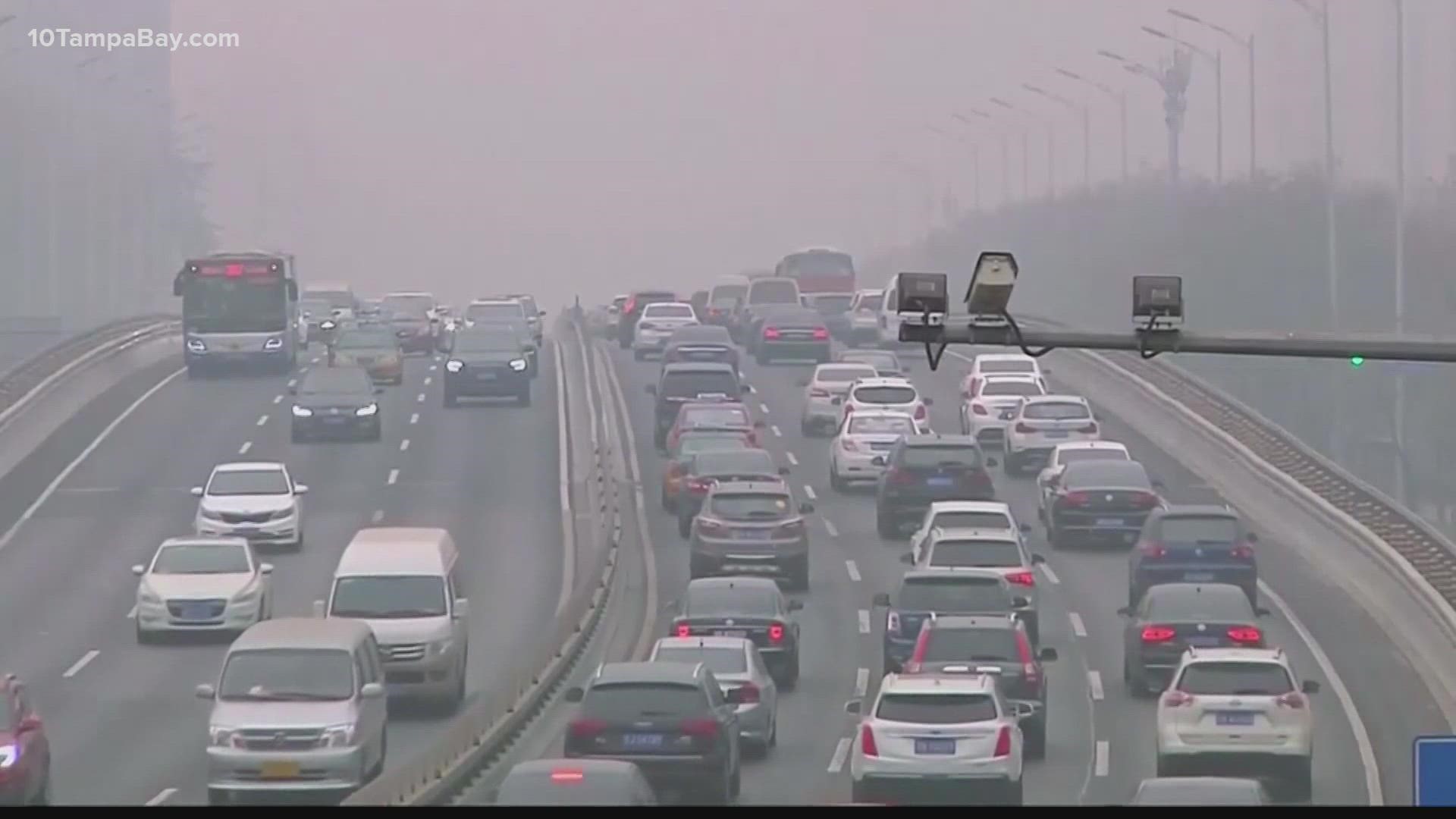The science, outreach, and impact of sea level rise
Tampa Bay is not immune to global sea level rise. In fact, it's already occurring.

St. Petersburg and Tampa are included in a list of the "most vulnerable" cities for coastal flooding and sea level rise. As rapid development continues across our low-lying communities, local scientists and climate experts across the area are explaining the risk of rising water surrounding the Tampa Bay area to policy makers and planners.
What's sea level rise?
Oceanic thermal expansion is the fancy term for the process in which the volume of the ocean expands when warmed. While that's occurring, melting glaciers and ice sheets are adding additional water to our oceans.
These two occurrences can be attributed to increasing global temperatures.
Observations from the St. Petersburg tidal gauge show that sea levels in the Bay have risen .11 inches on average each year, totaling to roughly 8.4 inches within that time span.
While 8.4 inches is less than a foot, that number could increase over time.


Science, outreach and impact
In 2019, the Tampa Bay Climate Science Advisory Panel explained that local sea level rise projections are accelerating.
According to the data, the Tampa Bay area might experience what the panel refers to as a "low-intermediate" projection of 2' of sea level rise to a high end projection of 8.5' by 2100.
The high end of this "very likely" range accounts for possible ice sheet instabilities that would coincide with the current greenhouse gas emission trends.
While the range is wide, what’s driving that high number is the uncertainty of human behavior. Simply put, we unfortunately do not know what our greenhouse gas emissions scenario will be 80 years from now.
"It's how we interact in our environment that that is uncertain," panel expert Maya Burke with the Tampa Bay Estuary Program says. "If we continue on like we currently are, living our lives the way that we do, and we don't make substantive policy changes, it's plausible that we see that ice melt scenario in that upper end."
While 8.5 feet of sea level rise is a possibility, Burke doesn't want people to get hung up over that high number. Just two to three feet of sea level rise would be significant for our barrier island communities that sit only three to four feet above sea level.
With more people traveling and settling along the coast, it’s increasingly important to understand how sea level rise is going to impact and reshape these areas.
"With sea level rise, we'll have higher water levels, which will allow waves to act further on our shorelines," Davina Passeri, a member of the panel and a research oceanographer at the U.S. Geological Survey says. "That can increase beach erosion over time. In areas like Tampa Bay, our dunes are very low elevation and dunes are the first line of defense, especially during storm events, to help prevent that storm surge from reaching mainland areas.”
Let's talk cash
Tourism at our barrier islands would not be the only areas impacted by rising sea levels.
Adaptation costs to protect all low-lying areas, including bay front and riverfront property and critical infrastructure like hospitals that sit right along our coastline, are expensive. Investing in offsetting green house gas emissions is no cheap feat either.
"The tax revenue that [these properties] generate is also susceptible," Burke says. "So homeowners need to look at things that they can do to protect the investments on their property."
Strategies to reduce flood risk include installing a living shoreline and elevating homes or air conditioning units.
According to the Tampa Bay Regional Planning Council, Tampa Bay could lose more than $15 billion in real estate value, $5 billion in property tax revenue, and 17,000 jobs as result of sea level rise.
The conversations surrounding climate change and offsetting greenhouse gas emissions can be tough, but progress is occurring simply by making the science accessible. The Florida Resilient Coastline Program recently awarded the City of Tampa a $75,000 grant to study the impacts of sea-level and to identify key recommendations for resilience planning.


